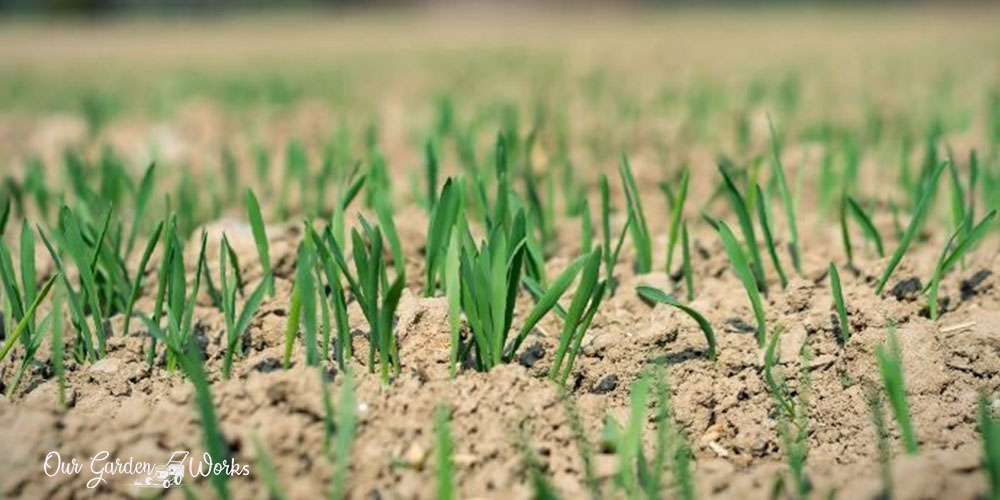Not all gardeners are blessed with a good patch of soil. Instead, some have a plot full of sand like it was once a beach. If you are up to the challenge of planting on the sand, you surely asked the question, can grass grow in sand?
Sandy soil is an ideal growing medium for many plants. However, can sand alone be sufficient to support the grass throughout its growth?
Let’s find out!
Q: Will Grass Grow in Sand?
Grass can grow in the sand with a few modifications in the soil structure. The consistency of the sand is too loose to retain any water or nutrients. Grass needs a constant supply of moisture and nutrients to grow and stay healthy. Otherwise, they will wither and die.
Grass variety should also match the kind of soil you have at hand. Opt for the drought-tolerant grass varieties to ensure a successful plant-to-soil relationship.
In planting grass on the sand, you have to add some soil amendments that can help retain water, support the growth of the seedlings, and provide nutrients. Some types of grass can thrive in the sand, like marram grass or beachgrass. However, they grow tall and bushy, making them inappropriate for home lawns.
The Three Must-Haves in Growing Grass in The Sand
Amending the soil allows you to build an ideal environment for growing lush grass. Soil preparation is crucial for successful grass cultivation, especially if you are starting the lawn with seeding instead of sod.
Here are the soil amendments that need to add to the sand to make it viable for growing grass or turf:
Peat Moss

Peatmoss will provide moisture retention in the sand and keep the grass lush and thick. It also helps retain the nutrients in the soil through CEC (cation exchange capacity).
To improve the nutrient uptake of grass, gardeners also use peat moss to lower the soil pH level.
Here are the best peat moss options you can try:
Garden Soil
Adding garden soil as topsoil for your lawn will also aid in water retention. It also helps add volume to the sand, aiding the roots to spread and healthy soil micro-organisms to thrive. The beneficial bacteria in the soil help break down nutrients that the grassroots will absorb.
Compost
Grass needs nitrogen which is an essential nutrient in leaf development. Compost is rich in nitrogen that will help jumpstart grass growth. The organic materials in compost contain many beneficial bacteria aiding in increased nutrient uptake of the roots.
Aged cow manure is also another alternative to compost. If you haven’t started composting at home yet, check out the following ready-to-use compost:
Grass Varieties That Grow in Sandy Soil
The grass variety you should choose for your sandy soil should be drought-tolerant. The grass variety is a crucial decision you should consider before planting for a higher chance of success.
Here are the grass varieties that you can choose from:
Bermudagrass
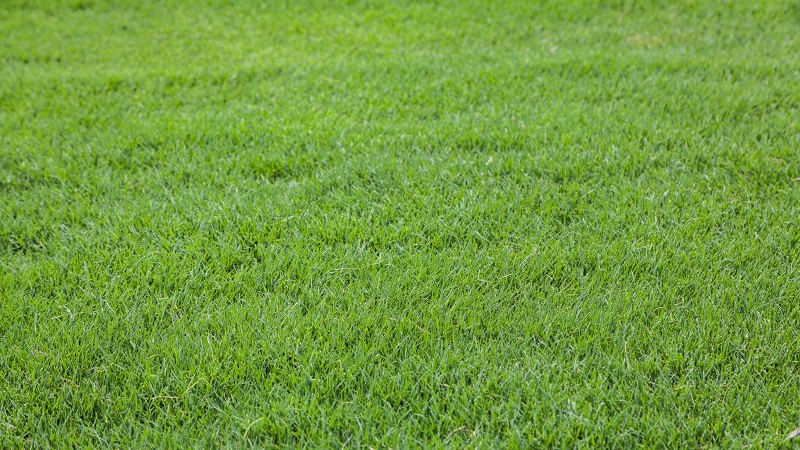
Bermudagrass is a perennial warm-season grass that grows and thrives in tropical or sub-tropical regions in the US. It is the most resilient warm-season grass because it has a high tolerance for drought, heat, and humidity. It can withstand a week with only one watering.
As warm-season grass, bermudagrass requires direct sunlight. It also spreads fast with its stems growing above the ground (stolons) and underground (rhizomes). So, fewer seeds can already fill up your lawn with greenery.
Most gardeners recommend Scotts Turf Builder Grass Seed Bermudagrass for lawn starters in the sandy soils of Texas, Arizona, and other dry regions.
Bermudagrass becomes dormant in winter but remains green in frost-free areas. Too much drought, however, can cause dormancy. So, supplement watering is crucial during summer. The ideal soil pH for bermudagrass is around 5.8 and 7.0.
Perennial Ryegrass
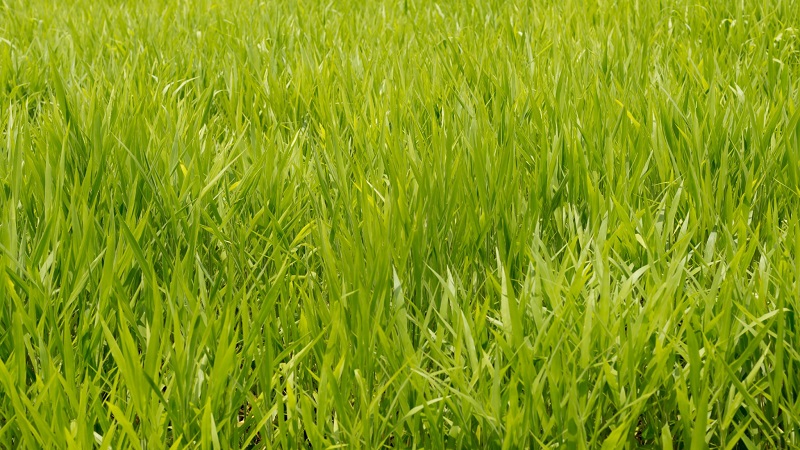
Who will resist the fine blades of perennial ryegrass in sandy soil?
For areas with a cool climate, perennial ryegrass can thrive and maintain the greenery in your lawn. Gardeners usually pair it with bermudagrass for an all-year green lawn. It remains green during winter and dies back during summer when bermudagrass is green and flourishing.
Most people love perennial ryegrass because of its rapid germination rate and seedling development. However, it does not spread fast and grows vertically.
Perennial ryegrass has no rhizomes that spread underground and develop more leaves. Instead, it grows into a bush and takes a slower pace to fill a lawn.
Not all perennial ryegrass are drought-tolerant and can thrive in shady areas. The grass seeds from Pennington Smart Seed Perennial Rye Grass are engineered to withstand drought as they grow year by year. There is a 30% reduction in the required watering for its grass which makes it an ideal match for the fast drainage of sandy soil. Plus, it is also insect-resistant.
Tall Fescue
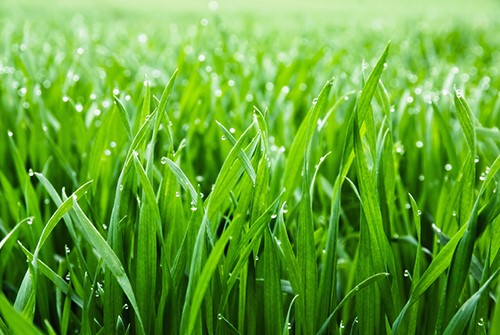
Tall fescue is a flexible type of grass that can withstand both heat and cold climates. It is a cool-season variety best paired with warm-season grass for an all-year green lawn.
Tall fescue is more tolerant to shade than perennial ryegrass, making it suitable for areas surrounded by trees.
Due to its deep roots, tall fescue can tolerate heat and cold. It has no rhizomes, but its tillers help it spread throughout the lawn. However, not as fast as the spread rate of bermudagrass. The whole seedling grows into a clump and uses its tillers to spread.
The versatility of tall fescue allows it to be a good option for sandy soil. It germinates fast and grows well in clumps. It is also disease-resistant that can save you spending on disease control solutions. The only catch is it can’t self-repair once the lawn is damaged.
Here are some brands of tall fescue seeds ideal for sandy soil:
- Scotts Turf Builder Grass Seed Tall Fescue Mix: Best for areas with full sun and part shade.
- Scotts Turf Builder Grass Seed Heat-Tolerant Blue Mix For Tall Fescue Lawns: Best feature is improved heat tolerance.
Zoysia Grass
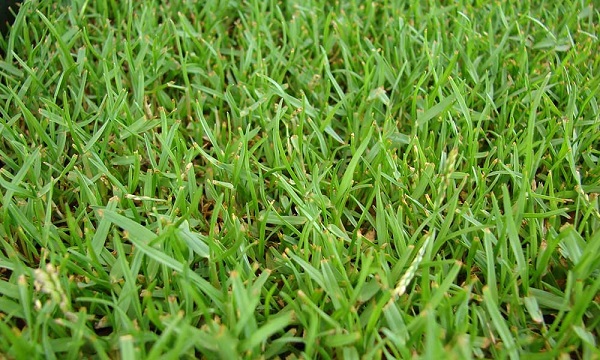
Zoysia is another warm-season grass that is excellent in thriving in sandy soil. It is heat and drought-tolerant. Gardeners and homeowners love it because it thrives in temperate climates where most cool and warm-season grasses can’t survive.
Gardeners love how zoysia grass provides a thick layer of greenery, despite its slow growth. It spreads in the lawn through its stolons and rhizomes like bermudagrass. The best thing about it is its high resistance to traffic. So, if you love playing sports, zoysia grass is the best option for you.
In the cold season, zoysia grass dies back and comes again in spring. It is an ideal alternative to bermudagrass to pair with cool-season grass varieties. Weeds also don’t stand a chance to grow around zoysia since it occupies every space on the lawn.
The dense growth of zoysia also conserves moisture, leading to less watering. It can transform your barren sandy lawn into a lush green oasis, even if you live in South Texas.
Here are some of the best zoysia seed brands you can try:
Seville St. Augustine
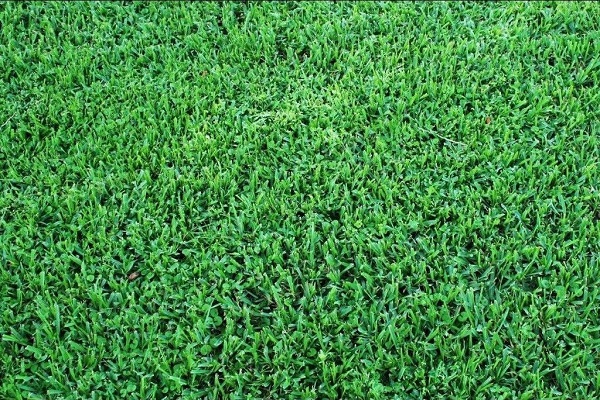
St. Augustine comprises several varieties, but not all are drought tolerant. Seville St. Augustine is a dwarf cultivar with a high tolerance to drought and shade.
The leaves of Seville are fine-looking than other varieties and give your lawn a more luxurious look. It can tolerate shade and high temperatures during summer.
In frost-free areas, Seville grass does not go dormant during fall. It remains bluish-green for the rest of the year. If you love the look and feel of this grass variety, you may buy some plugs here.
Seville, however, is not traffic-tolerant. So, if you plan to use your lawn for playing games or any recreational activities, this might not be the ideal grass variety to choose from. Seville is a unique variety to have if you want your lawn to look more fancy and luxurious.
Kentucky Bluegrass
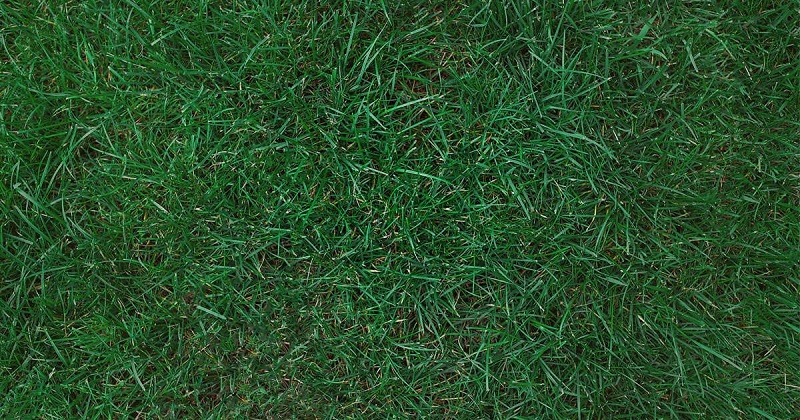
Kentucky bluegrass is a cool-season grass variety that works well in sandy soil with a 60-40 sand soil ratio. It grows aggressively but may take 3 to 4 months before it builds enough resistance against drought and heat.
In some cases, fine-bladed cultivars of fescues like red, sheep, hard, and chewing fescues are mixed with Kentucky bluegrass to improve their moisture retention and density.
Kentucky bluegrass is known for its traffic resistance, making it ideal for lawns where sports and other recreational activities are often held.
Scotts Turf Builder Grass Seed Kentucky Bluegrass Mix is among the best brand of seeds that you can try. Work on the sand and add crucial amendments to ensure the healthy growth of this variety.
How Can Grass Grow in Sand?
Now that you have all the right materials and soil amendments for the sand in your lawn, it’s now time to work.
Here are the gardening tools you will need:
Materials:
- Spade or shovel
- Rake
- Bucket
- Gloves
- Grass seeds of your choice
- Compost
- Garden soil
- Peat moss
- Herbicide-free grass clippings
- Lime
- All-purpose fertilizer
Directions:
- Mix the garden soil, compost, and eat moss in a bucket and set aside.
- Till the sandy soil in your lawn. Though sand is viable for grass, stones and corals are not suitable for the bed you’re preparing for. Rake every rock and place them in a separate area on your property.
- Once done, mix the soil mix you have prepared on top of the lawn, reaching 6 to 12 inches deep in the soil. Mix it thoroughly to prevent the sand from clumping.
- Sandy soil can be acidic. So, it is essential to mix in some lime to balance the soil pH level suitable for the grass variety you’ll choose.
- Add the all-purpose fertilizer to the soil to add more nutrients and nourish the soil microbiome.
- Water the newly mixed soil and start seeding using a broadcast spreader.
- Since the sandy soil provides too much drainage, you must place a mulch over the seeds to boost their germination. Place herbicide-free grass clippings over the seeds to aid in moisture retention.
- Once done, you will need to water the grass seedlings every three days until they become established. Usually, established grass will only require fewer in-between waterings.
Pro tip: Let the grass grow taller than usual to retain more water and prevent early dormancy for warm-season grass varieties. Also, grass on sandy soil requires frequent fertilization but in smaller doses.
Frequently Asked Questions (FAQs)
Can you grow grass in clay and sand?
Yes, but you should amend the soil to improve the drainage and retention of nutrients and moisture on the soil. Otherwise, you will have a pale lawn that will eventually die after a few weeks.
Can you grow grass in play sand?
No, play sand is too loose and does not retain water to supply moisture to grassroots. The only sand that may work with lawn grass is masonry sand.
However, it still needs amendments to be a viable growing medium like compost and garden soil to improve its quality and make it suitable for growing healthy grass.
What kind of grass grows on sand?
Drought-tolerant grass varieties grow well in sandy soil. The soil must be mixed with water-retaining materials like peat moss and nourished by organic nutrients like compost and fertilizer. The best grass to grow in sandy soil are:
- Bermudagrass
- Tall fescue
- Perennial ryegrass
- Seville St. Augustine
- Zoysia grass
- Kentucky bluegrass
Final Thoughts
So, can grass grow in sand? Yes, but with some work done.
Sand is a beneficial soil amendment that solves drainage and acidity problems. However, sand alone can’t be enough to grow grass. It needs nutrient providers like compost and fertilizers, water-retaining materials like peat moss, and acidity regulators like lime.
We hope that this post helped you have an idea about the work that you need to put into your sandy soil to make it viable for grass. It may not be easy to turn bare sand into a luscious green lawn, but it is all worth it. You just have to ensure that you’re putting all your efforts in the right direction.
Let us know in the comments which grass variety thrived on your lawn. We’re excited to see some transformations!
